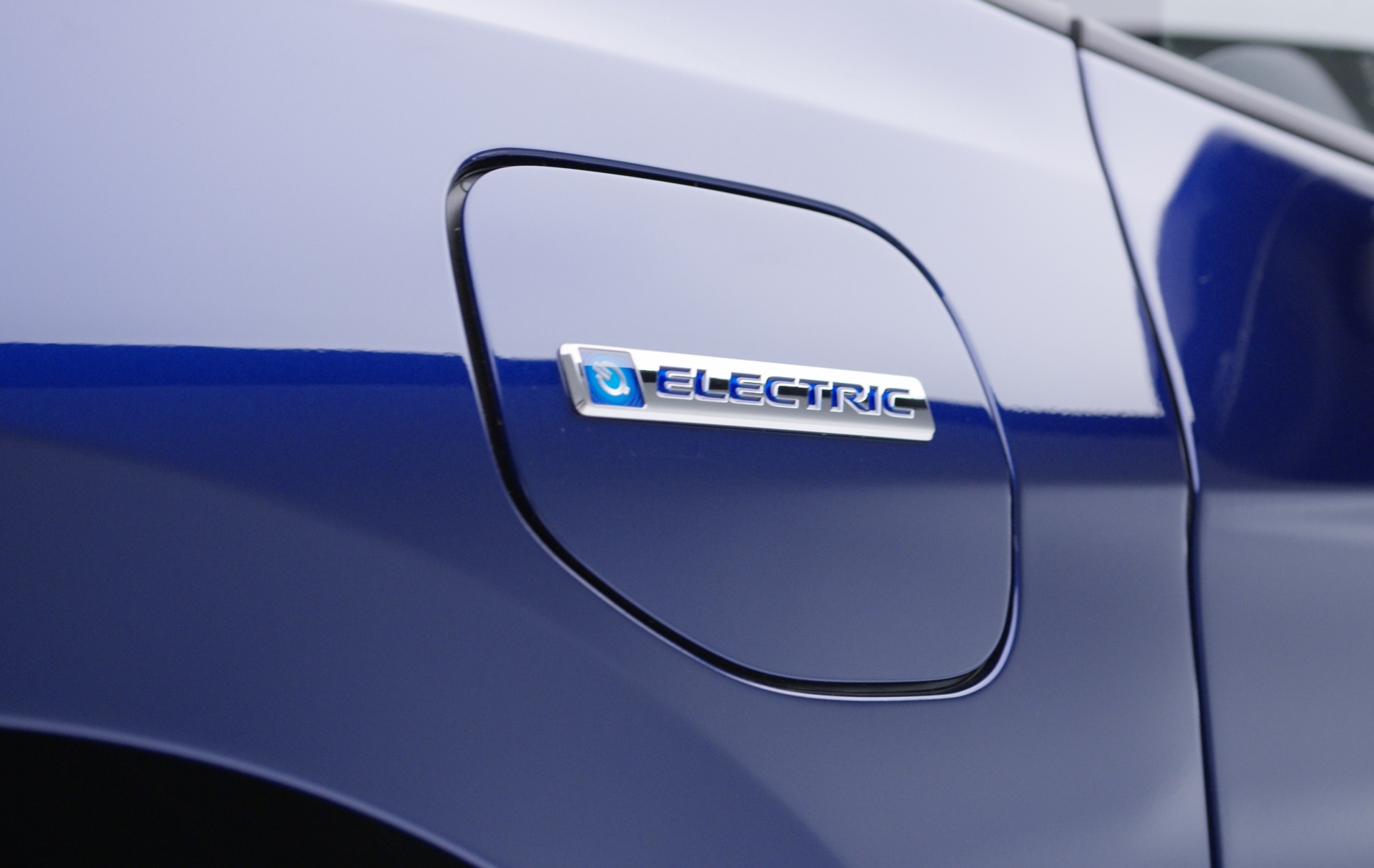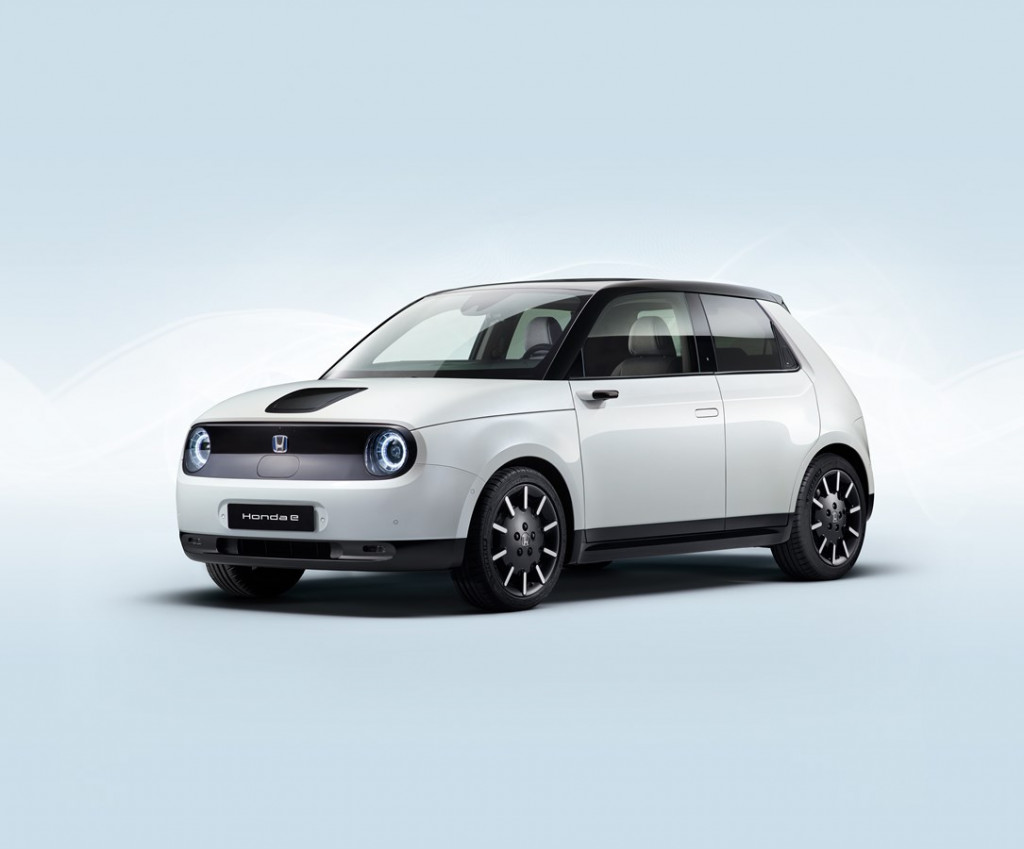
Solid-state batteries later this decade, all EVs by 2040
Honda is planning to completely phase out internal combustion engines from its North American lineup
Honda is planning to completely phase out internal combustion engines from its North American lineup by 2040, the company announced Thursday night.
That means a combination of battery-electric and fuel-cell models will add up to 100% of its sales by that time. The company spelled out that as interim targets, it sees those two groups making up 40% of its sales by 2030 and 80% by 2035.
Honda doesn’t currently have a single battery-electric model in its North American lineup, but it did outline where this volume of clean cars is expected to come from. The company said it will launch “a series of new EV models based on a new e:Architecture beginning from the second half of the decade. The company also said its goal is to make solid-state battery technology “available for new Honda EV models” at that time. The company plans to have a demonstration line for the battery tech this fiscal year.
That EV architecture will be led by Honda, and those models will come first to the North American market, then to other parts of the world. The move indicates the company sees a dedicated EV platform as a big part of its mainstream sales.
General Motors’ BEV3 platform and Ultium batteries
The e:Architecture models won’t be the first EVs from the company, though. Two “large-sized EV models”—one with the Honda badge, the other with the Acura badge—will arrive in 2024. They will be built by GM and share a version of the Ultium EV platform that underpins the upcoming 2023 Cadillac Lyriq.
Honda discontinued the Clarity Electric after the 2019 model year. That model had been a compliance car, leased in very small numbers and limited to California and Oregon.
The head-turning Honda e electric hatchback might have been a great symbolic bridge from the company’s Civic roots to an all-electric future, but the company decided not to bring that model to the U.S.

2020 Honda E
Honda also sees hydrogen fuel-cell technology as “another pillar supporting the challenge toward carbon neutrality, with the expectation that hydrogen will become more widely accepted as a renewable energy source.” The company is also collaborating with GM on both the development and production of its next-generation fuel-cell systems.
The company plans to achieve carbon neutrality by 2050. Through virtual power purchase agreements for wind and solar energy it claims to cover 60% of its current North American electricity with renewable sources.
Earlier this week Honda revealed an “SUV e:prototype” at the Shanghai auto show. That model is part of the product plan for China only and represents what Honda described to Green Car Reports as “a regional approach” to achieving its electric vehicle goals.
